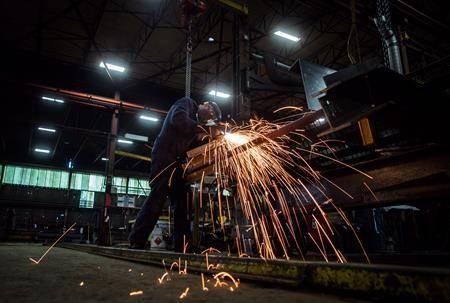The pace of economic growth in Canada slowed in the third quarter as business investment spending moved lower and the growth in household spending slowed, Statistics Canada said Friday.
The Canadian economy grew at an annualized pace of 2.0 per cent in the third quarter compared with 2.9 per cent in the second quarter, matching the expectations of economists, according to Thomson Reuters Eikon.
The overall move came as spending on non-residential investment in buildings and engineering structures fell 1.3 per cent, as investment in the oil and gas sector slowed. Machinery and equipment investment by businesses fell 2.5 per cent.
Meanwhile, the growth in household spending slowed to 0.3 per cent in the quarter, compared with 0.6 per cent in the second quarter. The drop came as spending on durable goods fell 0.7 per cent, with spending on vehicle purchases falling 1.6 per cent.
Total residential investment also fell 1.5 per cent as spending on new home construction fell 4.7 per cent, the largest decrease since the second quarter of 2009. Renovation spending fell 2.0 per cent, while ownership transfer costs rose 7.1 per cent.
The quarter ended on a weak note as real gross domestic product edged down 0.1 per cent in September. Statistics Canada noted it was the first move lower after seven consecutive months of growth.
The agency attributed September’s move lower to lower output across all goods-producing industries which slipped 0.7 per cent. Services industries edged up 0.2 per cent.
In its fall monetary policy report, the Bank of Canada had forecast growth at an annual rate of 1.8 per cent in the third quarter.
The Bank of Canada raised its key interest rate target in October to 1.75 per cent, its highest level in about a decade.
Economists generally do not expect the central bank change the rate at a scheduled announcement next week, but expectations are for another rate increase in January.
Craig Wong, The Canadian Press



